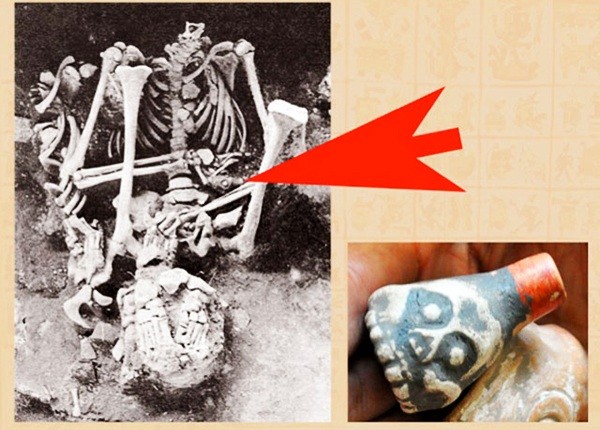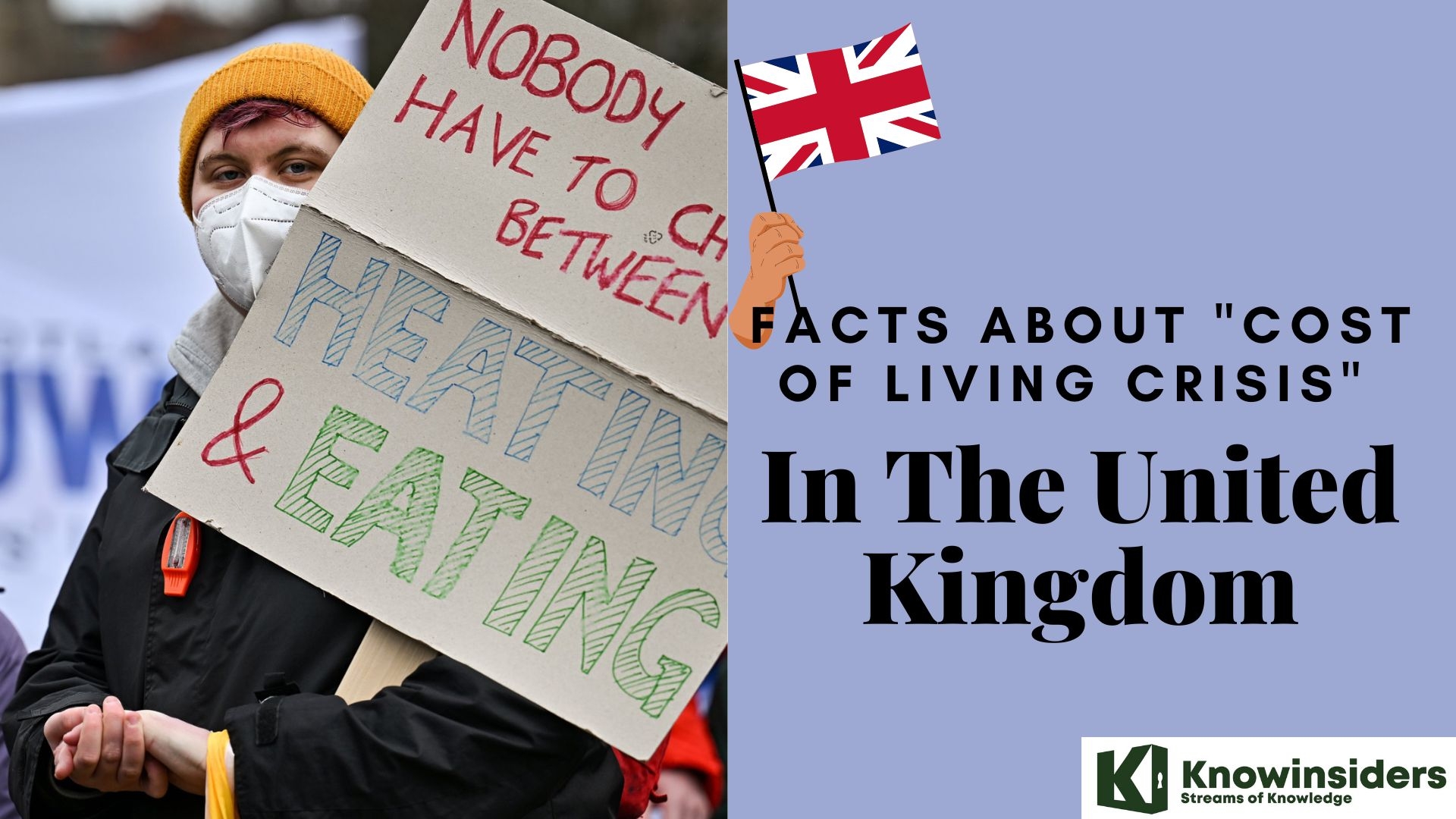What Is The Longest Subway In The World?
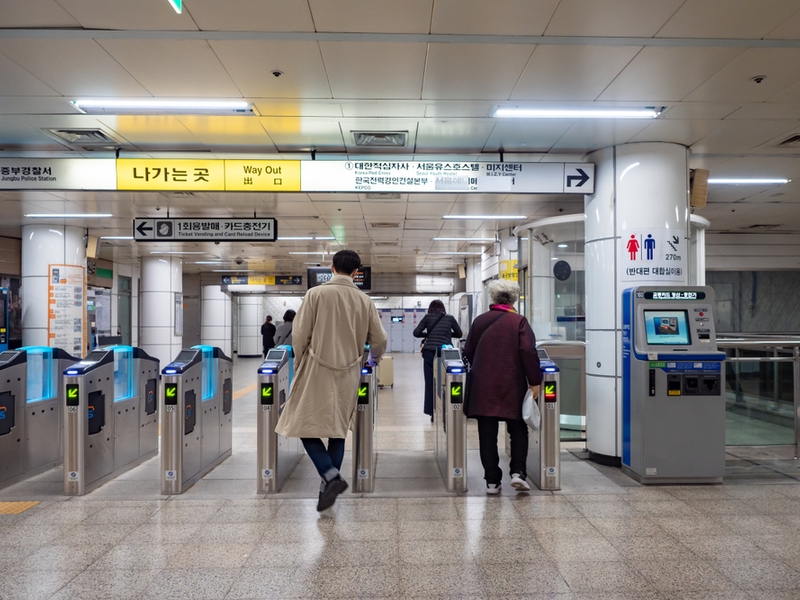 |
| Photo Railway Technology |
What Is The Longest Subway In The World?
Seoul subway is one of the world's most used, also considering the importance of the lines for commutes. This technological and always connected metro provides real time great amounts of data to passengers. It also offers comfort with its heated seats during the winter season.
Facts About Seoul subway
This structure was inaugurated in 1974, and counts 20 lines.
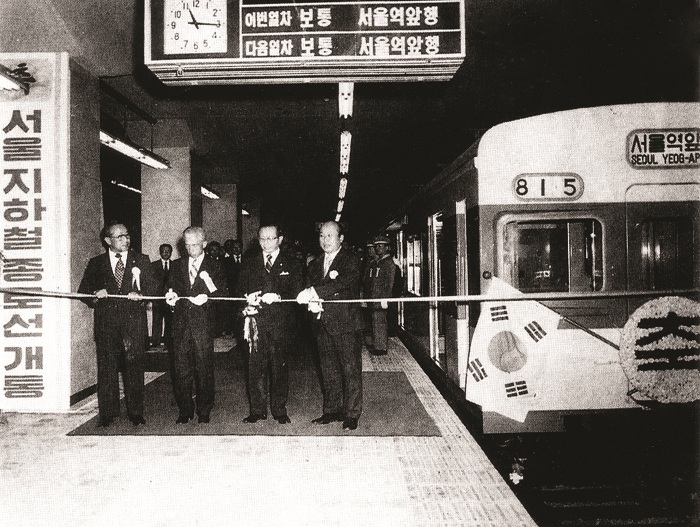 |
| Subway line No. 1 opened on August 15, 1974. (photo courtesy of Seoul Metro) |
Despite its short 40-year-long history, the Seoul Metropolitan Rapid Transit has grown to become one of the world's largest urban railway networks, with 9 lines extending 327 km (including 290 km underground).
The subway system is as long as that of New York, and, also, that of London, the birthplace of the subway. As one of Seoul's landmarks, and also as a symbol of the nation's economic development and modernization throughout the 1970s, the Seoul metropolitan has become the subject of global recognition in terms of both its size and operation capabilities.
Seoul metropolitan subway in South Korea is the most widely used rapid railway transport system in the world, featuring ten subway lines. The system serves nearly ten million inhabitants of the capital city, Seoul, and the provinces of Gyeonggi, Incheon and northern Chungnam.
The subway has 302 stations.
| In Seoul, the beginning and end of the day has always been with the metro. As of February 26, 2014, Seoul's subway trains have carried 40 billion people over a total distance of 1.22 billion kilometers, equivalent to 25,550 trips around the Earth. Seoul's subway system is the most-used public transport systems in Korea, being used by about one third of the city's population and by an average of 7.24 million people per day. However, the Seoul metropolitan subway offers more than just transportation. In addition to functioning as the legs of the people, it has also been providing people with some cultural offerings. "The Seoul subway is just fantastic. Nowhere in the world can we find a subway system on which one can travel such long distances. The fare is cheap, too. You will be able to experience diverse aspects of Seoul at a reasonable price." So said Charles Usher and Elizabeth Groeshen, a couple who authored, "Charlie and Liz's Seoul Subway Travelogue," at a press conference promoting their publication. They said they have travelled all over via the subway, making stops at more than 100 stations over the course of five years. Stops are located as close as one minute apart and range up to as much as 15 minutes apart, depending on the destinations. Tourists in Seoul can make easy and convenient trips on the subway to visit historic sites and film shooting locations, as well as theme parks. In addition, various cultural and musical performances, as well as displays of artwork showcased in the corners of some stations, add fun to the trip. |
Which companies operate Seoul subway?
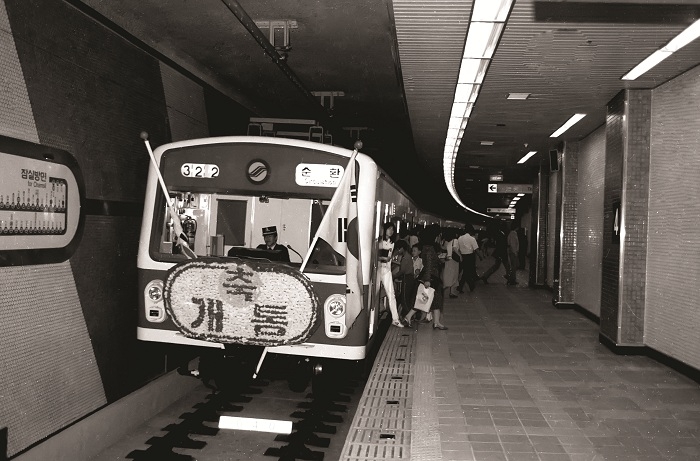 |
| Seoul's first subway train (photo courtesy of Seoul Metro) |
The lines are operated by four companies – Seoul Metropolitan Subway (Seoul Metro), Seoul Metropolitan Rapid Transit (SMRT), Korail (Korea National Railroad) and Metro 9. Line 1 operations were initiated by Korail in 1974. The company’s operations later expanded to lines 2, 3 and 4. SMRT was formed in 1994 and operates lines 5, 6, 7 and 8.
A new 25.5km section of the subway, line 9, was opened in 2009 to connect Gimpo Airport with Sinnonhyeon in south-east Seoul. It serves 38 stations.
| Ticketing Seoul Subway deployed reusable RFID single-journey ticketing technology on 8 July 2009. Paper tickets are being replaced by RFID smart cards called single journey tickets. The RFID cards containing ST’s SRT512 contactless memory chip technology can be reused. Reusing tickets will save costs and will be environmentally friendly. |
Seoul subway line 9 project
Seoul subway line 9, which runs east along the south bank of the Han River, was planned to open in three phases. The line connects Gimpo Airport with line 5 and with AREX, a private railway line.
The section has three tracks carrying express trains in both directions and passing through nine stations. The line also has six transfer stations for lines 1, 2, 3, 4, 5 and 7. It runsfour-car Hyundai-Rotem trains at speeds of 33km/h for local-stopping trains and 47km/h for express trains, allowing passengers to reach Gimpo from Gangnam in under 30 minutes.
The second section of the subway line 9 that connects the Olympic Stadium station with Sinnonhyeon was completed in 2015. The third section connecting the stadium to Bangi-dong was opened in 2018.
Subway lines are colour coded for easy identification. The colour coding system along with signs, written in both Korean and English, helps passengers to identify the lines and guides them the lines in appropriate direction.
Transfer points and upcoming stations are announced through pre-recorded voices in Korean and English.
| Many technological aspects of the Seoul subway system have been modeled by a number of other cities, too, including its convenient transfer system, the punctual operation of its trains and the adoption of wider turnstiles with space for baby carriages and wheelchairs. In addition to Vietnam and Indonesia, representatives from Saudi Arabia paid a visit to Korea last December to learn about its public transport systems. |
Operation and funding
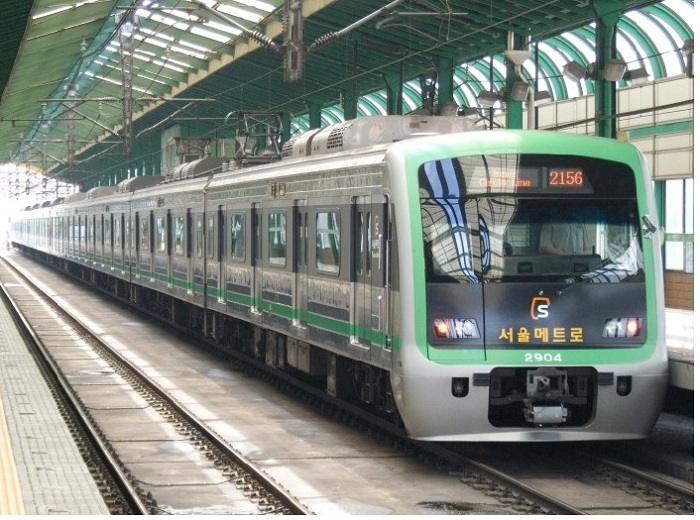 |
| Photo Seoul Metro |
The project has been awarded to a consortium led by the railway system provider Hyundai Rotem. Veolia Transport Korea, through its operation and maintenance company Seoul Metro 9, will operate line 9 for ten years. Veolia Transport has an 80% stake in Seoul Metro 9, while the remainder is held by Rotem.
The subway is being funded by the Macquarie Korea Infrastructure Fund (MKIF). It is the first private investment in the subway system. The company has made investments in the form of equity and subordinated loans. MKIF has a concession term of 30 years, starting from July 2009. An investment of KRW74.4bn is expected to be invested in line 9.
| In June 2019, Seoul Metro (major operator of Seoul Metropolitan Subway) announced that 840 air quality sensors had been installed at 277 stations and several trains operating on subway lines 1 to 8 to monitor fine dust levels in real-time. The air quality improved significantly when operation time of the ventilation system and cleaning process were adjusted based on data collected. Results showed that 24.3% decrease in fine dust level and 24.4% decrease in ultrafine dust level at Gangnam station, one of the busiest stations in Seoul. Seoul Metro aims to install 4,432 high-end air purifiers and ambient particulate monitors for PM2.5 in all its stations by 2020.5 (The US EPA defines Particulate Matter 2.5 as pollution that consists of fine inhalable particles, with diameters that are generally 2.5 micrometers and smaller.) |
Seoul Metropolitan Subway lines
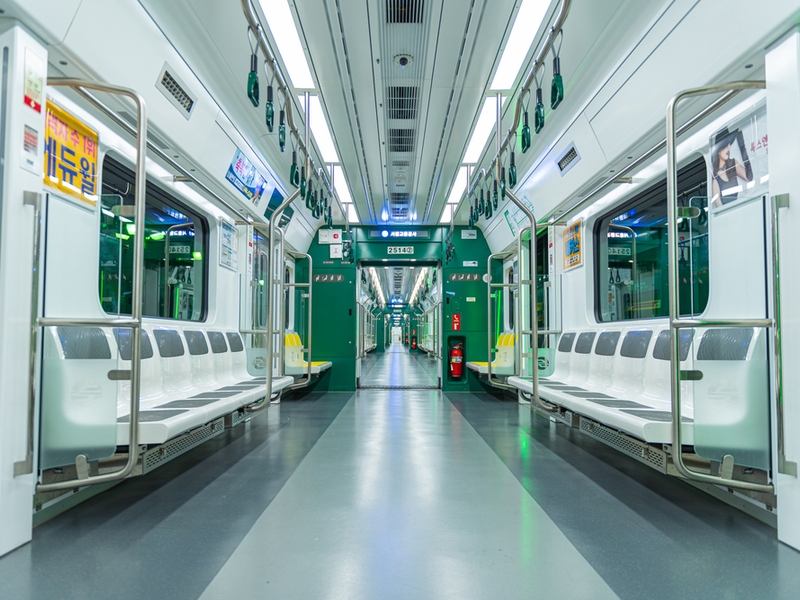 |
| Photo Railway Technology |
Seoul metropolitan subway line 1 was built during 1971-74 and opened to public on 15 August 1974. Line 1 connects larger parts of the Seoul National Capital Area. It runs through the central regions of Seoul city, Incheon station in the south-west, Soyosan Station in the north-east and Sinchang station in the south. Train service is frequently available between Guro, Yongsan, Seoul, Cheongnyangni, Uijeongbu, Dongducheon and Soyosan. The trains have split stations between Byeongjeom and Cheonan in the south and Incheon in the west.
Line 2 was built between 1978 and 1984. It is the longest circular subway line in the world measuring 60.2km. It is also the most heavily used subway line in Seoul. Line 2 connects the central parts of Seoul city. Yongdu Station, which opened on 20 October 2005, was the first station of the Seoul subway system to have operating platform screen doors.
Line 3 was built between 1980 and 1993. The line connects south-eastern Seoul, Gangnam and the north-western end of Seoul to the city centre. Ilsan line and line 3 operate as one combined line.
Line 4 was completed in 1994. The long line connects the north-east to the south-west areas through the old city centre, the Seoul National Capital Area. The line divides into the Ansan and Gwacheon Lines.
Line 5 is the only subway line in Seoul to cross under the Han River and is an important east-west link. The line connects Gimpo International Airport, the Youido business area, downtown Seoul and the Gangdong residential districts. It was constructed between 1990 and 1996 and is the longest fully underground subway line measuring 52.4km.
Line 6 is a u-shaped subway line that passes through northern Seoul. A 4km section of line 6 was opened on 7 August 2000. Another 27km service was started on 15 December 2000. The line measures 35.1km and is represented in ‘brown’. Parts of line 6 are one-directional.
The 46.9 km Line 7 is a north-south line that connects Gangnam directly with northern parts of Seoul without touching the city centre. The line was built between 1990 and 1996 and began operations in 2000.
Line 8 connects the south-eastern parts of Seoul with the satellite city of Songnam. The 17.7km line was completed in 1999.
Bundang Line runs from south-eastern Seoul through northern Seongnam and extends to northern end of Yongin. It is operated by Korail and was opened in September 1994.
Jungang Line is also operated by Korail. The line connects Cheongnyangni with Gyeongju in eastern Seoul. Another line operated by Korail is Gyeongui Line and was opened in 1906. The line became part of the Seoul subway on 1 July 2009.
| There are about 180 metro systems globally There are about 180 subway systems hosted in 178 cities and 56 countries in the world. Asian countries belong to the frontrunners in building new metro systems in the last decades, with countries like China and India in the lead. |
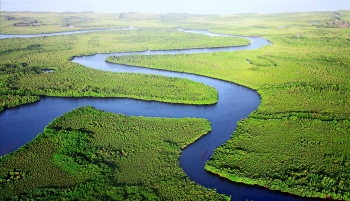 Top 11 Longest Rivers in the World Top 11 Longest Rivers in the World Want to know which is the world’s longest river? Here’s a list of the 11 longest rivers in the world by their total length. |
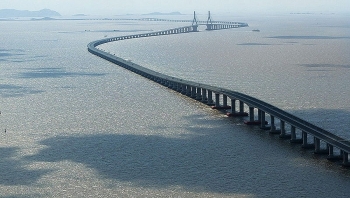 Top 7 Longest Bridges in The World Top 7 Longest Bridges in The World If you are into architectural gems, you should definitely consider finding what top 7 longest bridges in the world are. |
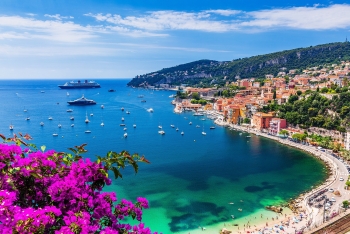 Top 7 Longest Coastline in the World Top 7 Longest Coastline in the World Find out the top 9 countries with the longest coastline in the world along with the area of the country concerned and the location of ... |


